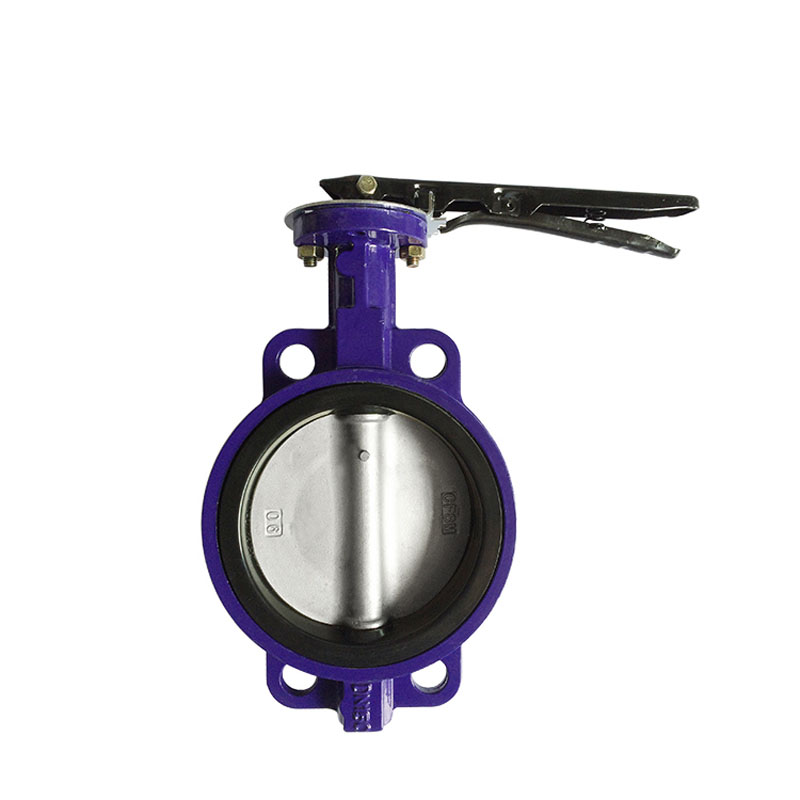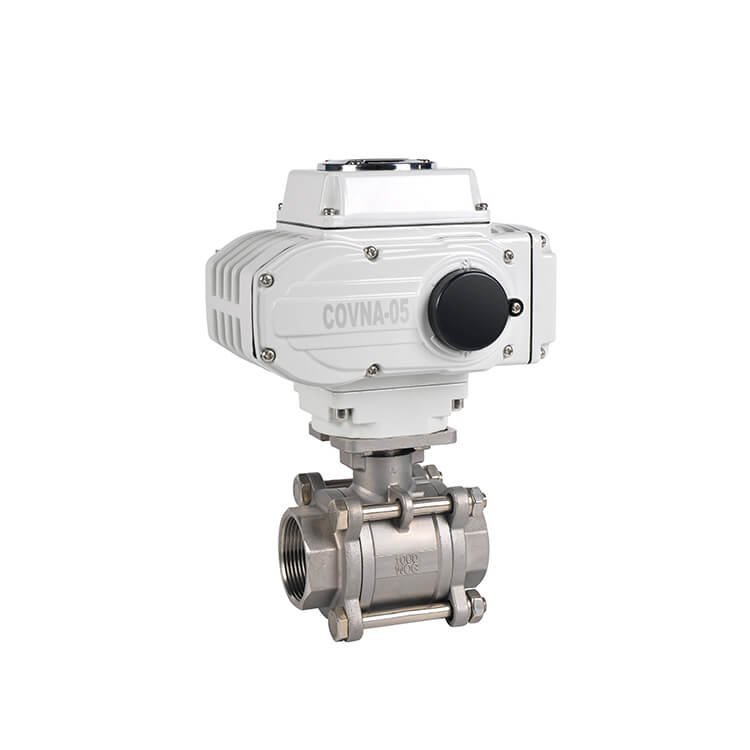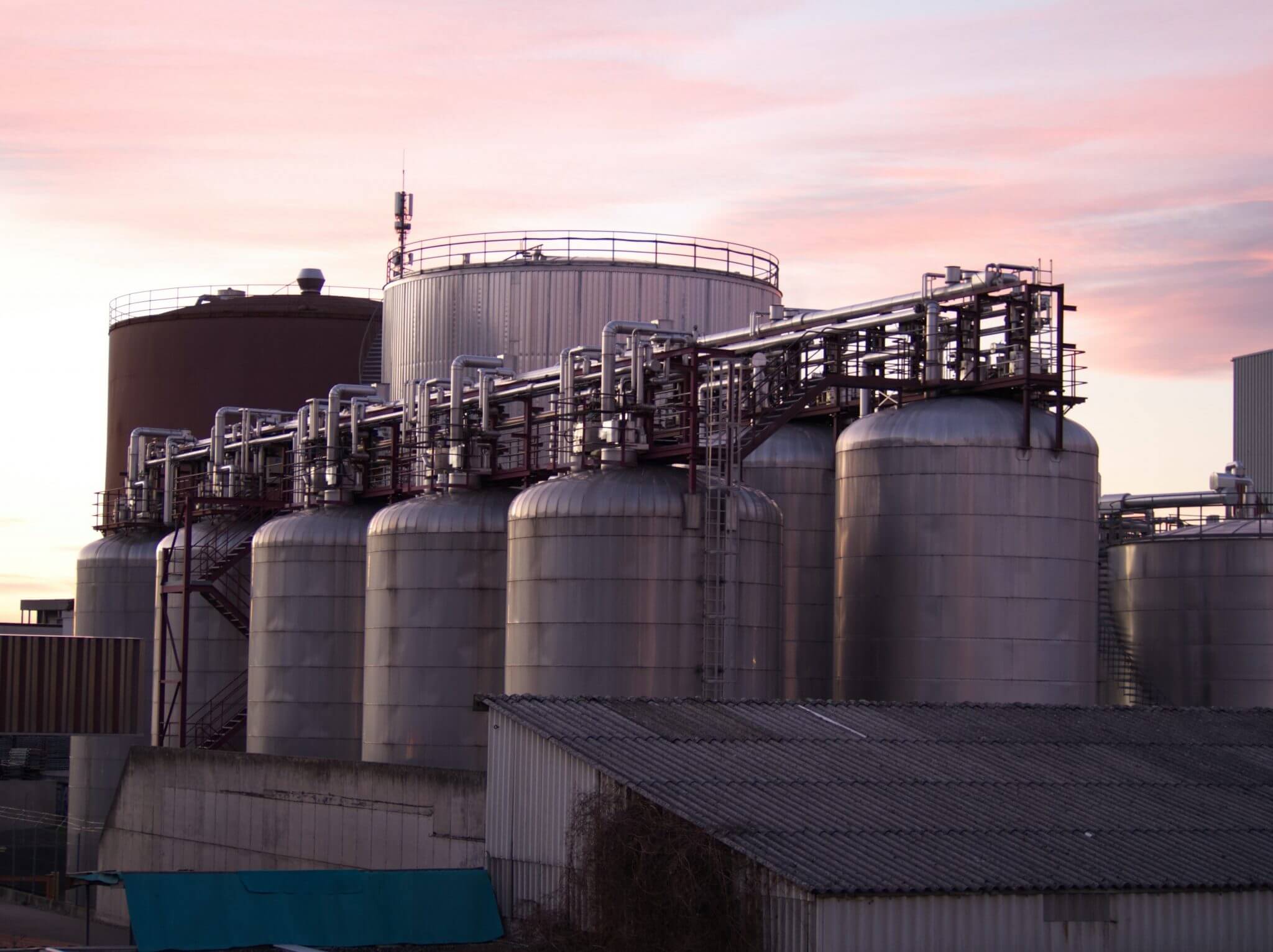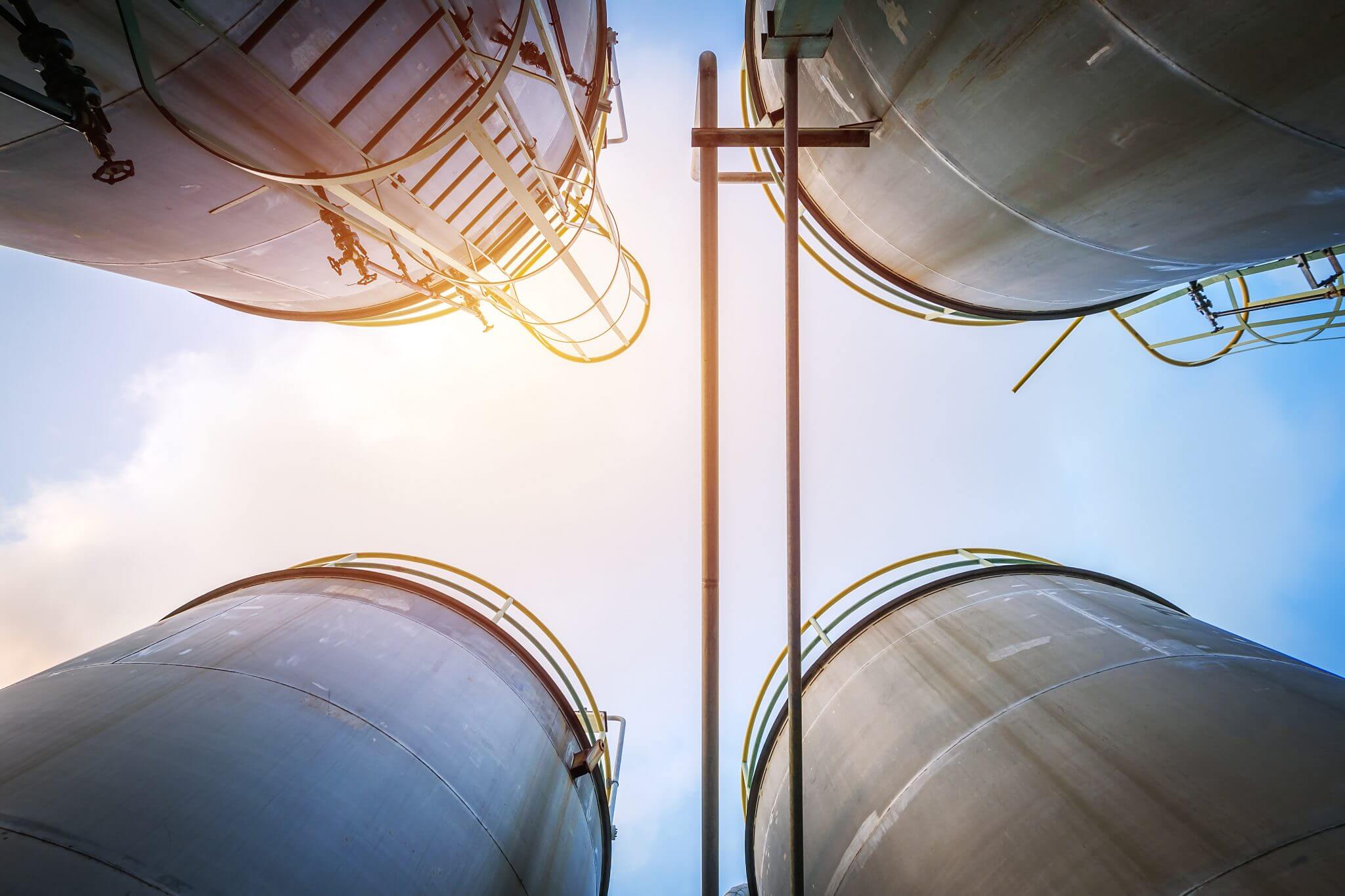Industriële opslagtank is het raamwerk van de meeste facilitaire activiteiten. Deze tanks zijn belangrijk in de industriële fabriek die te maken heeft met productie en werking, variërend van brandstof, vitale chemicaliën tot afvalstoffen. Daarom is het essentieel dat men ervoor zorgt dat de tanks zo goed mogelijk werken zo lang als ze kunnen. Dit artikel geeft u informatie over hoe u uw tanklevensverlenging kunt plannen via de juiste onderhoudsprocessen en operationele procedures.
Hoe lang duren opslagtanks?
Er zijn verschillende factoren die de levensduur van een opslagtank beïnvloeden. Deze omvatten als het een bovengronds of onder de grond tank is, materiaalkwaliteit, installatiekwaliteit, ontwerpkenmerken, blootstellingsniveaus voor het milieu, onderhoudsschema's en lekopbakkensystemen, integratie in de rest van uw plant correct en zelfs verschillende stoffen die erin zijn opgeslagen. Om een bepaald type tank te selecteren, is er nodig om te overwegen wat u bedoelde in termen van uw plant'S -bijzonderheden en geografische locatie. Er moeten veel andere factoren worden overwogen bij het selecteren van een dergelijke tank tijdens de installatie en het onderhoud die oplopen bij het bepalen van de levensduur. Vaak corroderen stalen tanks van binnenuit; Daarom zijn sommige tekenen die aangeven dat het uiteinde niet zichtbaar is.
Een goede standaard bovengrondse opslagtank kan ongeveer 20 jaar duren, hoewel sommige tot 40 jaar kunnen gaan indien correct onderhouden. Het onderhouden van deze tanks is iets eenvoudiger omdat ze worden geconfronteerd met externe elementen in tegenstelling tot ondergrondse elementen die 15-20 jaar nat worden, voornamelijk in natte omstandigheden. Ondergrondse tanks zijn moeilijker om correct te handhaven, dus verhoogde frequentie van lekken die misschien moeilijk te detecteren zijn, soms vanwege deze reden dat hun operatieve levensduur minder is ondanks een hogere potentiële levensduur.

Tankreinigingsvereisten bepalen welke soorten kleppen worden gebruikt in een bepaald reinigingsproces op verschillende soorten tanks die worden gekenmerkt door unieke functies. Ondanks dit punt worden er enkele veel voorkomende kleppen gebruikt bij tankreiniging:
Deze zijn meestal verbonden met de reinigingsmondstukken of spuitballen in een tank; Ze zorgen voor een gelijkmatige verdeling van het reinigen van vloeistof in de tank.
Ze kunnen statisch of roterend zijn. De eerste verdeelt de reinigingsvloeistof in een specifiek patroon, terwijl de laatste ervoor zorgt dat het roteert tijdens de werking en dus dynamische en grondige reiniging biedt.

Het reguleren van de stroom in het reinigingssysteem of het isoleren is de primaire verantwoordelijkheid.
Tijdens een dergelijk proces moet strakke afdichting en lichtgewicht die weinig moeite vereisen om te werken door deze kleppen worden bereikt.
Ze worden gebruikt voor aan/uit -controle in de toevoerleidingen van reinigingsvloeistoffen.
Deze kleppen zijn betrouwbaar, langdurig en in staat om hoge drukniveaus te verdragen die in reinigingssystemen worden ervaren.
Dit is handig wanneer men een nauwkeurige controle van reinigingsvloeistof vereist.
Dit soort kleppen kunnen viskeuze en slurry -gebaseerde reinigingsmiddelen met de hand van toepassing zijn op verschillende wassentoepassingen.
Dergelijke kleppen helpen om terugstromen van wasmiddelen te voorkomen die worden gebruikt voor het wassen, zodat alleen unidirectionele stroming tijdens dit proces optreedt en dat besmetting wordt vermeden met betrekking tot de bron van wasmiddel die wordt gereinigd.
Ten slotte dienen drukontlastingskleppen een belangrijke veiligheidsfunctie door ervoor te zorgen dat overdruk niet plaatsvindt binnen een tankreinigingssysteem.
Ze geven automatisch de druk vrij wanneer het een bepaalde limiet overtreft, op zijn beurt om ervoor te zorgen dat de tank en reinigingsapparatuur intact zijn.
Gebruikt voor het regelen van de snelheid van vloeistofstroom en de druk ervan bij het reinigen.
Hierdoor worden ze geprogrammeerd en op afstand aangepast, waardoor een beter commando wordt gegeven over het reinigingsproces.
Specifiek ontworpen om te voldoen aan hygiënevereisten voor toepassingen in voedsel en dranken, farmaceutische, biotechnologie -industrie.
Dit is meestal soepel en vermijdt elke plek waar verontreinigingen vast kunnen komen.

Het selecteren van geschikte kleppen voor tankreiniging omvat verschillende factoren zoals type tank; aard van residuen die worden schoongemaakt; type schoner wordt gebruikt, inclusief de chemicaliën; druk en temperaturen; branchespecifieke reinheidseisen.
Please reach us at info@covna-china.com if you want any further information about our valve products. We want to ensure that you have good experience from our sales team as they will make your process smooth.
Posttijd: JUL-05-2024





